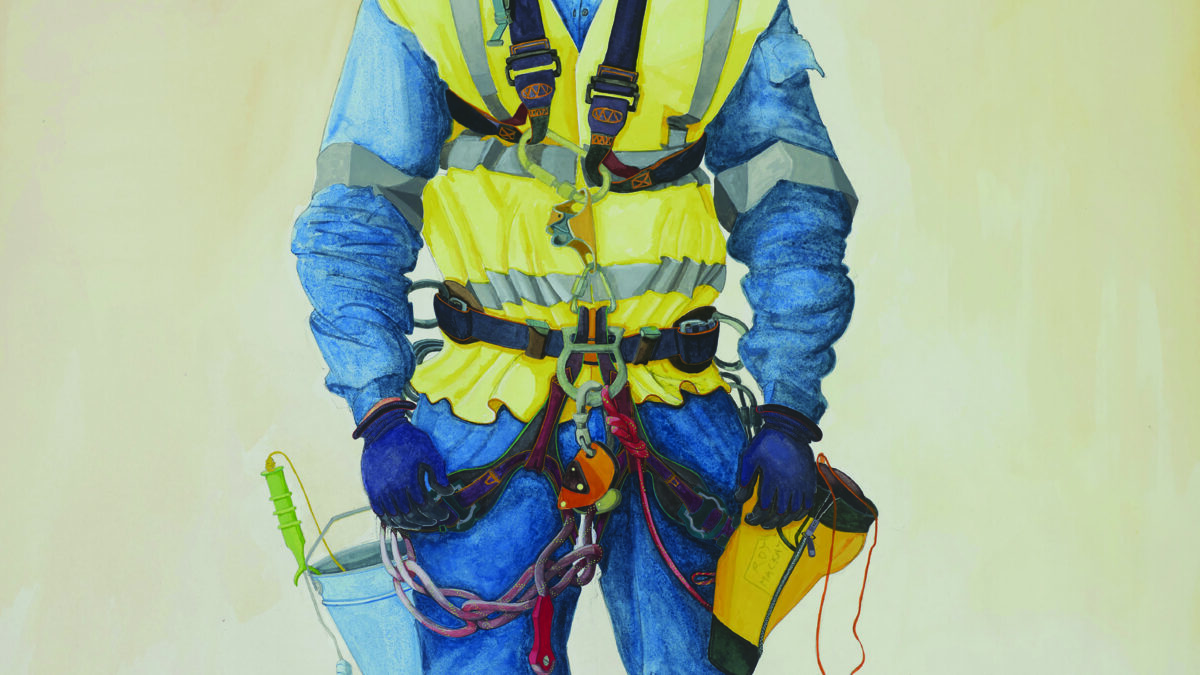Sue Jane Taylor did not mean to become an ‘energy artist’ but her work has spanned the highs – and tragic lows – of a key Scottish industry that is now undergoing a vast transformation.
Visitors to Aberdeen will likely have seen her Piper Alpha memorial, which sits on a pink granite plinth at the centre of a rose garden, inscribed with the names of the 167 men who died in the worst offshore oil disaster in history.
More recently her works were on display in Cromarty, the town on the entrance of the firth which is now at the heart of the energy revolution.
The exhibition, which also showed work by her partner and fellow artist Ian Westmacott, offered a different perspective on the transition from oil and gas to offshore wind, marking the move to a net-zero energy system.
It was Taylor’s first exhibition in her home on the Cromarty Firth since her schooldays, which is more due to the dearth of galleries in the area than any antipathy about her work among locals.
Born on the Black Isle, she studied at Gray’s School of Art in Aberdeen, as well as the Slade School of Fine Art in London and in Stockholm, Sweden. She has become a prominent artist of the North of Scotland’s energy industry, observing its impact on and use of the landscape as well as its people.
She says: “I’m not an economist. I’m not a scientist, I am an artist. Through my work I’m making it visual to people, making them aware of this incredible energy industry on our doorstep.
“Step out of Aberdeen, step south even to Dundee, the people have no idea, absolutely no idea about the oil industry, of what goes on offshore and how these people operate offshore, how they live and work on these metallic isolated islands.”
The exhibition Nigg/\Cromarty/\Nigg was held over a week in August at The Stables in Cromarty. Some of the works will be featured in Inverness later this year at Brown’s Gallery.
“You must be careful in terms of the environment in the Cromarty Firth because it’s a beautiful, beautiful area. We’ve got dolphins and porpoises. Then Cromarty itself, the people who live there, they’re at the coalface and they’re a bit nervous,” she says.
“People were coming up to me at the exhibition and saying do you know what’s happening over at Nigg, the freeport. There is that apprehension about what is going to happen. I don’t think they know themselves.”



